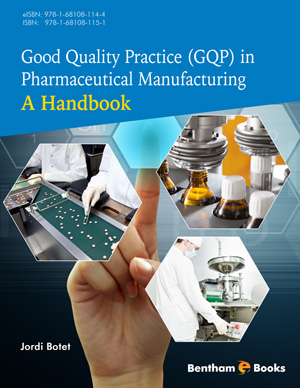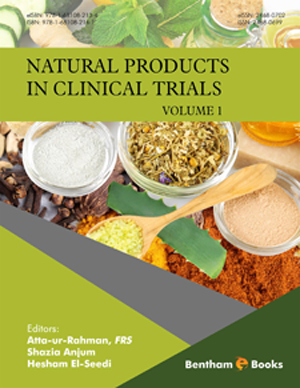Abstract
Equipment plays an active role in a pharmaceutical unit by conveying, transforming and protecting from the environment materials and products. Pharmaceutical equipment should observe hygienic rules in its design, construction, installation, utilization and maintenance, as stated by GMP. As most equipment is controlled by computerized systems, it is necessary restricting access to them and ensuring that these can provide the same level of safety than operators (in fact higher). Equipment is as varied as existing operations and technical approaches for performing them, but it can be practically distributed into several groups. The first one is represented by weighing/measurement equipment. The second one is very large and comprises preparation equipment which is basically defined by the physical type of dosage form (liquid, semi-solid, solid). A third group would include secondary packaging equipment. Then a fourth group would be constituted by the booths, cabinets, benches and RABS, which provide limited protected operational environments. And finally we could still mention a fifth group collecting up other varied items of equipment. With the exception of disposable equipment, it is essential securing appropriate cleaning. Qualification, maintenance, calibration and, as required, requalification are essential activities for ensuring appropriate equipment performance.
Keywords: Access control, audit trail, BSC, cleaning, closed systems, computerized systems, materials of construction, dead leg, drainage, isolator, labeling, PLC, qualification, RABS, requalification, sanitary connection, sanitary design, SCADA, smooth surfaces, UDAF.






